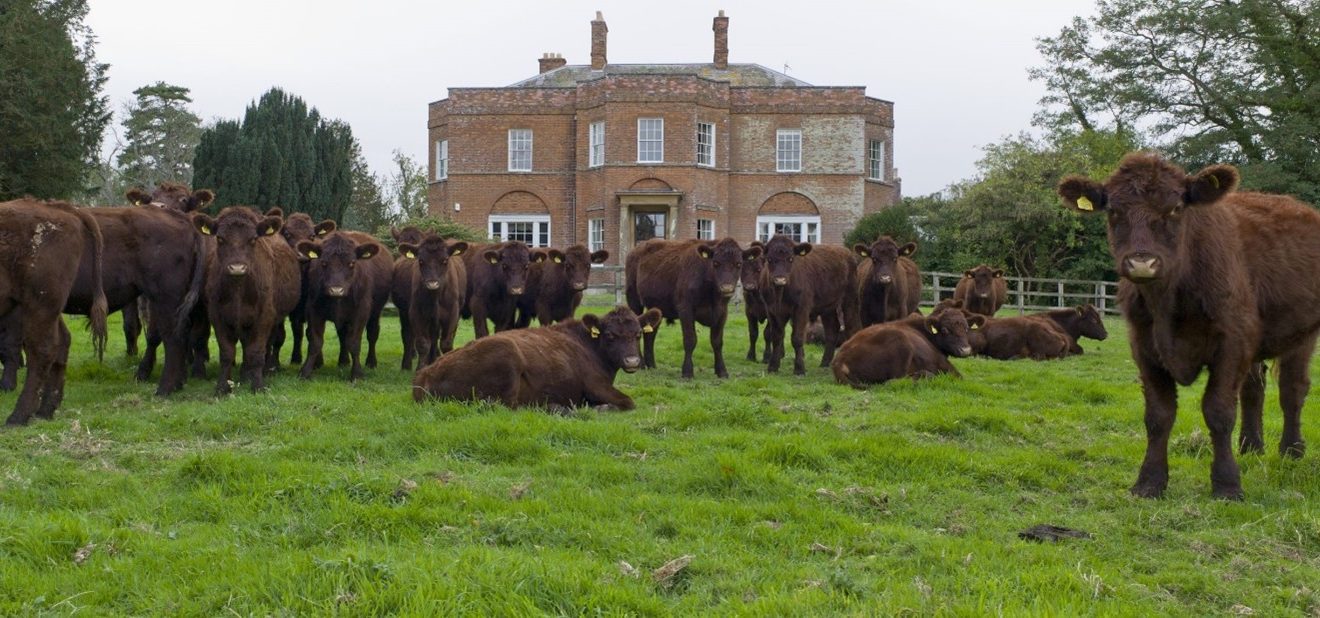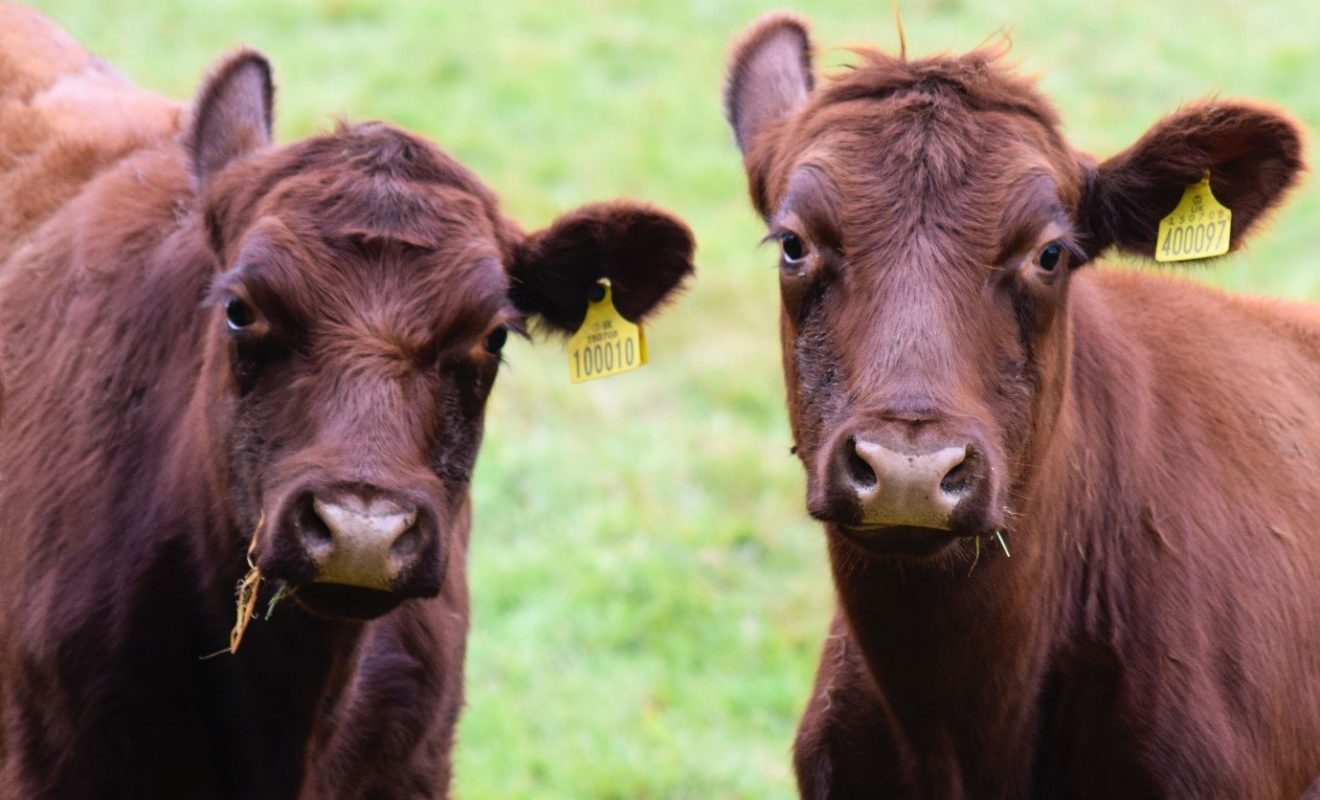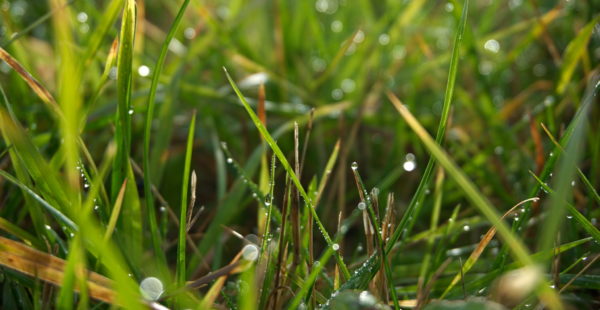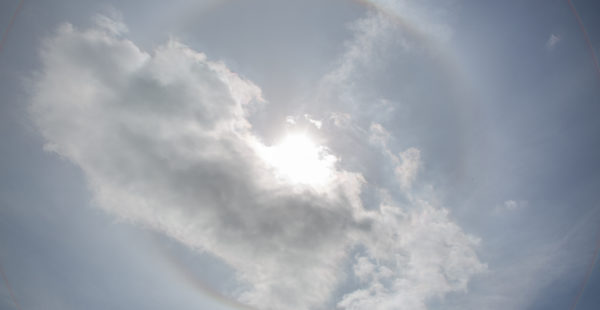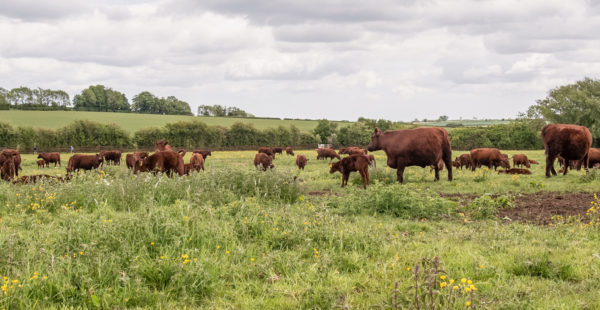A Guide To Rotational Grazing – Answers To Five Questions You Might Have
Here at South Ormsby Estate, we have a herd of over four hundred, 100% native original population Lincoln Reds, which come from one of the oldest and rarest breeds of cattle. Our herd enjoys grazing across approximately 500 of our 3000 acres of land through the rotational grazing method that we use here. You might have heard of this tactic before but have some questions about what it looks like in practice. This article seeks to answer five of the most common questions about this farming approach:
What is rotational grazing?
Rotational grazing is a method whereby cattle are rotated around pastures on a fixed time basis and do not return to the same area of land for a period to allow for its regeneration. Mob grazing is slightly different as the cattle are generally confined to a smaller area than with rotational grazing but stay in that space for less time.
How is it implemented at South Ormsby Estate?
Here at the estate, our grazing land is divided into approximately one-hectare paddocks. One of our groups will remain in this paddock for anywhere from half a day up to three days to eat the grass before being rotated into the next paddock. We then leave the paddock empty for a minimum of six weeks to give the grass ample time to regrow. This year, there will even be paddocks left for up to twelve months to allow the grass even more time to photosynthesise, and for carbon to return to the soil to make it more fertile.


